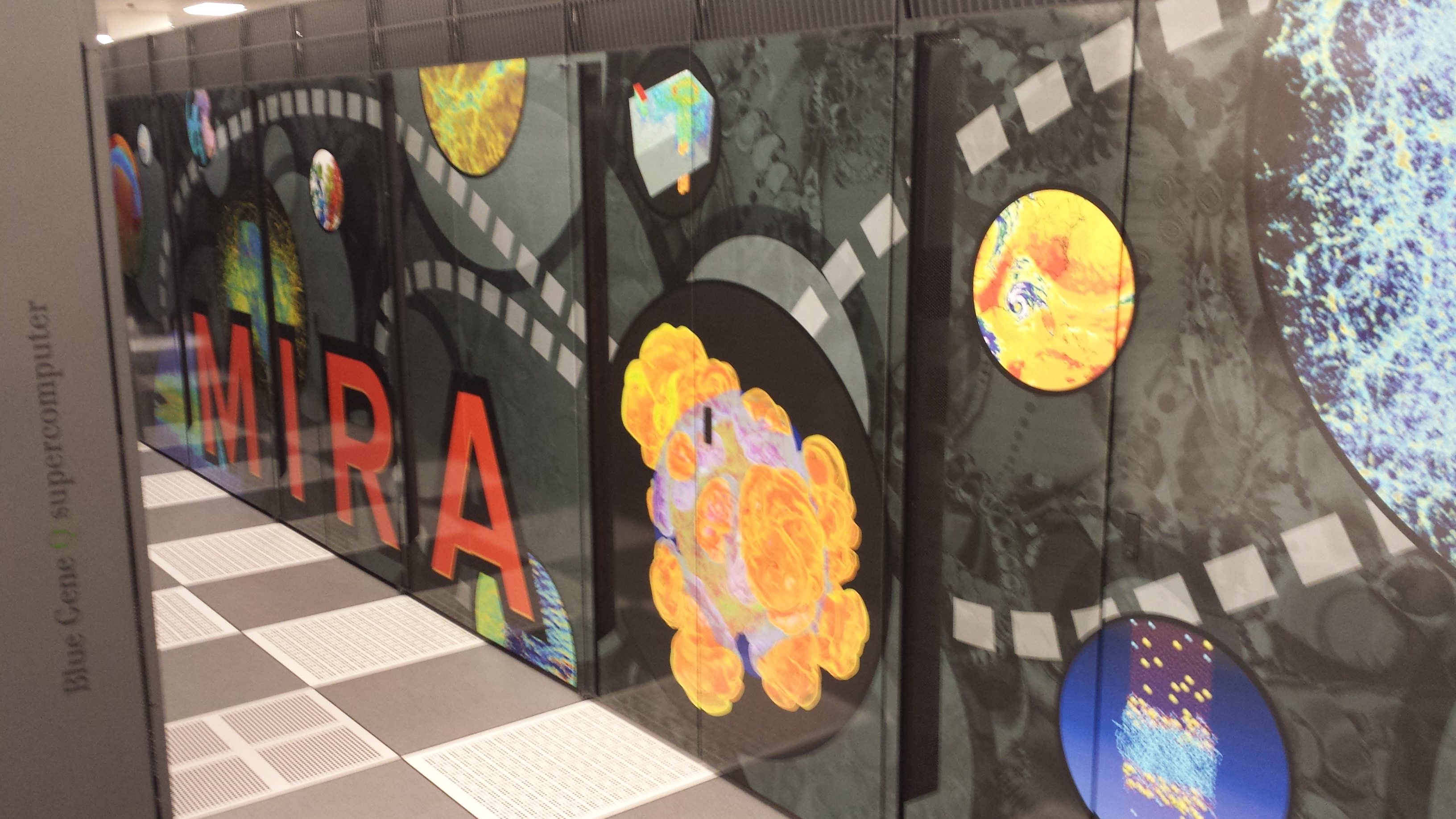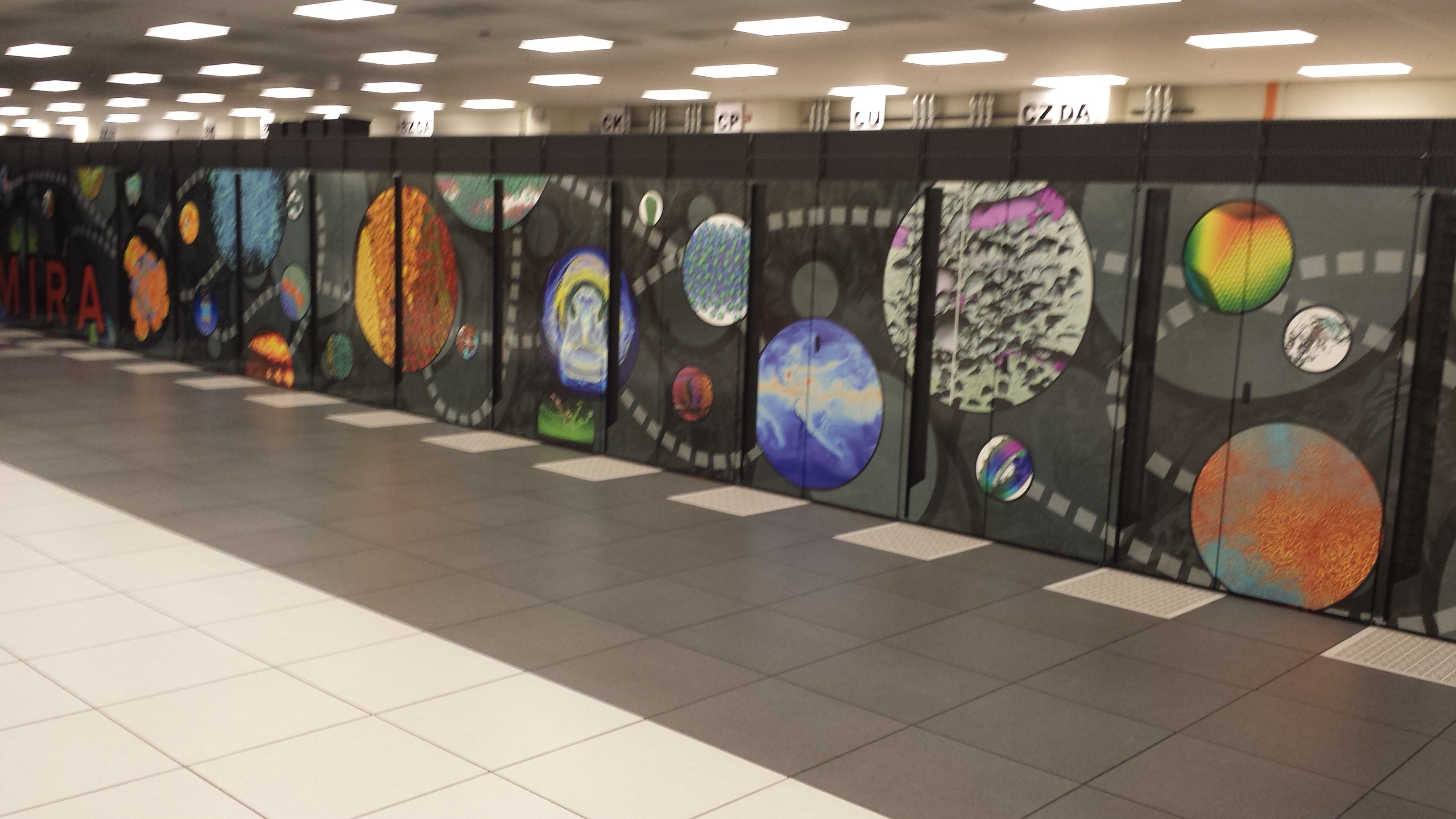Observatories for the brain
Wednesday, November 25th, 2015 I went to Argonne National Laboratory to write for The Economist about the shift in Big Science in America. I was excited to go in part because I never went during my years at the University of Chicago, which runs the lab (and why would I go, since I didn’t study physics?). Argonne is where the atomic age was whelped, and helped end the second world war, so perhaps fitting that it was named for a copse of trees that evoked the battle that effectively ended World War I and was the major effort by American troops in that war. Argonne was the first of America’s 17 major
I went to Argonne National Laboratory to write for The Economist about the shift in Big Science in America. I was excited to go in part because I never went during my years at the University of Chicago, which runs the lab (and why would I go, since I didn’t study physics?). Argonne is where the atomic age was whelped, and helped end the second world war, so perhaps fitting that it was named for a copse of trees that evoked the battle that effectively ended World War I and was the major effort by American troops in that war. Argonne was the first of America’s 17 major

national laboratories, and its research focus became nuclear energy. While it ended its nuclear program almost 20 years ago, it remains a bastion of Big Science. It runs the world’s 5th fastest supercomputer, MIRA, and in 2018 will get one that can hit 180 peta flops (180 quadrillion floating point operations per second). It has a synchrotron, the Advanced Photon Source, that runs 1.1 km and produces some of the brightest light on the planet. Researchers pedal adult tricycles around it. The tricycles are lined up along the walls. The U.S.’s strategic effort to build a better battery is here, as is one of the country’s five nanomaterials centers. Still, as it nears 70, Argonne needs a project to sustain its legacy, and so does Big Science.
That project, as I reported for The Economist (see The observer corps), might be a National Brain Observatory. Argonne has given space in its original chemistry lab, Building 200, a stolid red-brick building more school house than Prairie School, to a brain observatory that will include a new scanning electron microscope and Bobby Khasturi, Argonne’s first neuroscientist.
The plan is to run this brain observatory like a telescope, only pointed at the vast unknown regions of the brain. The question remains whether the Department of Energy, which runs America’s national labs, has any business operating brain observatories. I went to Argonne thinking I might see the answer get threshed out, and I mostly did. The scientists are in favor of it. Now they must wait for Congress.